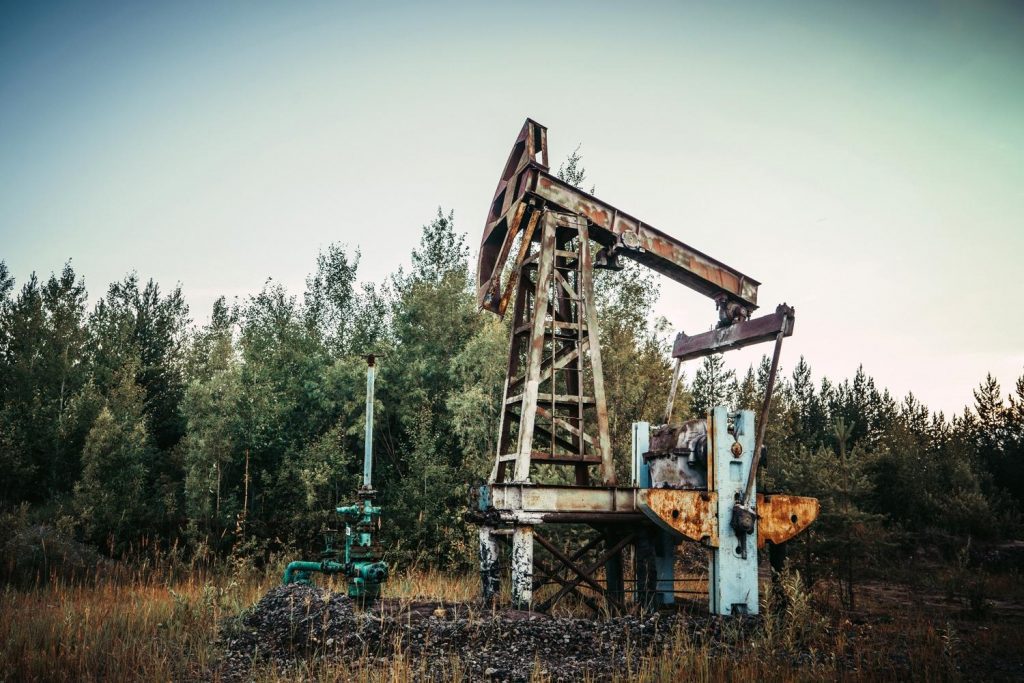On November 27th, 6 pm, Environmental Defence and the Pembina Institute are hosting a free public talk about Canada’s carbon bubble. Come join us.
The story about the tar sands is the classic tale about the environment vs. the economy.
It goes something like this: There, underneath the forest north of Fort McMurray, lie great riches. Getting these riches out will come at a great cost to the environment. But the benefits are so significant that the costs are justified. Indeed, Canada’s very prosperity depends on exploiting the rich deposits of oil locked up in the tar sands.
In fact, the benefits are so great, so the story goes, that the idea that we would not fully develop Alberta’s tar sands is practically unthinkable. Indeed, back in 2005, would-be Prime Minister Stéphane Dion told The New York Times that, “There is no environmental minister on Earth who can stop the oil from coming out of the sand, because the money is too big.”
Even today, Dion’s comments still hold. No political party dares to say that we should not develop the resource to its fullest extent.
But the conversation about the tar sands is starting to change. In recent months, three projects have been cancelled, and with oil prices at a five-year low, there’s a good chance that others will follow. The fact is, the tar sands are some of the highest cost oil reserves in the world, and the economics have always been pretty marginal.
According to research out of the U.K., Alberta’s tar sands have more projects that require a high price of oil than any other jurisdiction. Lower prices, which analysts believe are here to stay, will leave a lot of Canada’s carbon in the ground.
And lower prices are just one of the threats to tar sands expansion. Analysis by the International Energy Agency, by the IPCC and others all agree that if we wish to avoid run-away climate change, the vast majority of the oil, gas and coal we’ve already found needs to say in the ground. Former governor of the Bank of Canada, Mark Carney, recently shared this fact with folks gathered at the World Bank. In so doing, Carney, now the governor of the Bank of England, also sent a message to the market, and indicated that investors should take this matter seriously.
Essentially, the fact that we have already found more oil than we can burn means that we’ll have to choose which oil we use. And it’s a safe bet that high cost and high carbon reserves, like the tar sands, will not be the preferred choice.
This conflict between the amount of oil we have found and the amount we can burn is now known as “the carbon bubble.” We’re bringing James Leaton, one of the originators of the theory, here to Canada to talk about our carbon bubble and the risks it poses.
We want to pop the carbon bubble because we want to highlight the risks of hitching our economy to the tar sands. We want to pop it to make some space for Canadians to have a conversation about the future we want, a conversation that has been difficult to have while we’ve been in the thrall of tar sands development and under the belief that it is inevitable.
We want to pop the carbon bubble because it, and the notion that Canada’s prosperity is derived from the tar sands, is behind Canada’s failure to keep our commitments on climate change. It is the reason that we’ve gone from being a leader, a force for positive change in the global community, to an obfuscator, and a blocker of progress.
Canada’s carbon bubble also keeps us from seeing that the world is changing around us. Yes, we will still burn fossil fuels for some time to come, but we’re going to stop burning them before too long. The low-carbon, clean economy is coming, and the tar sands have no place, no value in fact, in that economy.
To hear some folks tell it, popping the carbon bubble will decimate the Canadian economy. But the fact is, the economic case has been way oversold.
The tar sands only contribute two percent of Canada’s GDP, despite a widely held belief that they are much more significant. They are not a very large employer either, compared to other sectors. In Canada, clean energy now employs the same number of people as does the tar sands. And when it comes to the federal budget, the tar sands may actually receive more in subsidies than they pay in corporate taxes.
None of this is to take away from the people and communities who rely on the tar sands today. We need to work on a just transition that is fair and equitable to all. We can do this. We know that clean energy creates more jobs and that there’s a big economic opportunity awaiting us in the clean economy.
To be clear, we don’t want to shut down the tar sands today. It would be unreasonable to expect that. But we do want to pop Canada’s carbon bubble so we can have a reasoned conversation about the pace of scale of development and begin to sort out Canada’s place in the clean economy. I hope you can join us.









